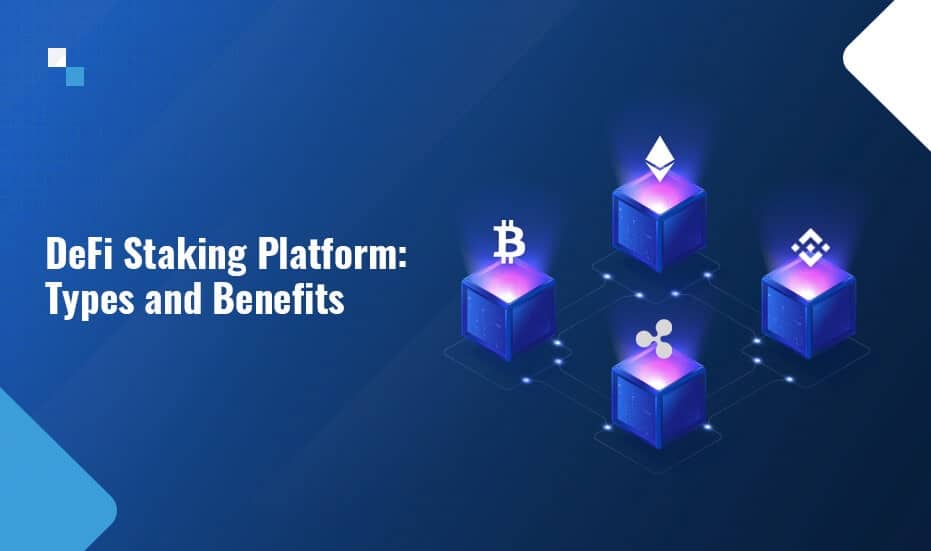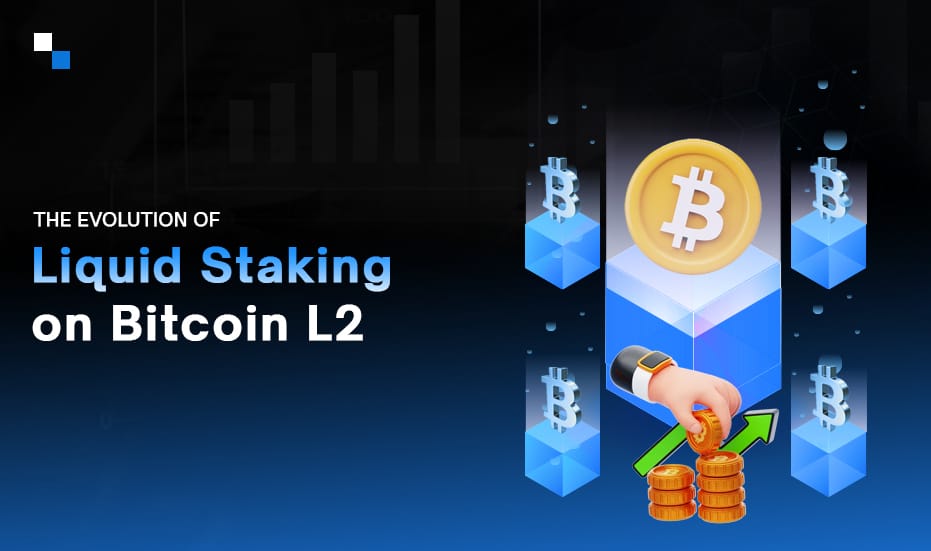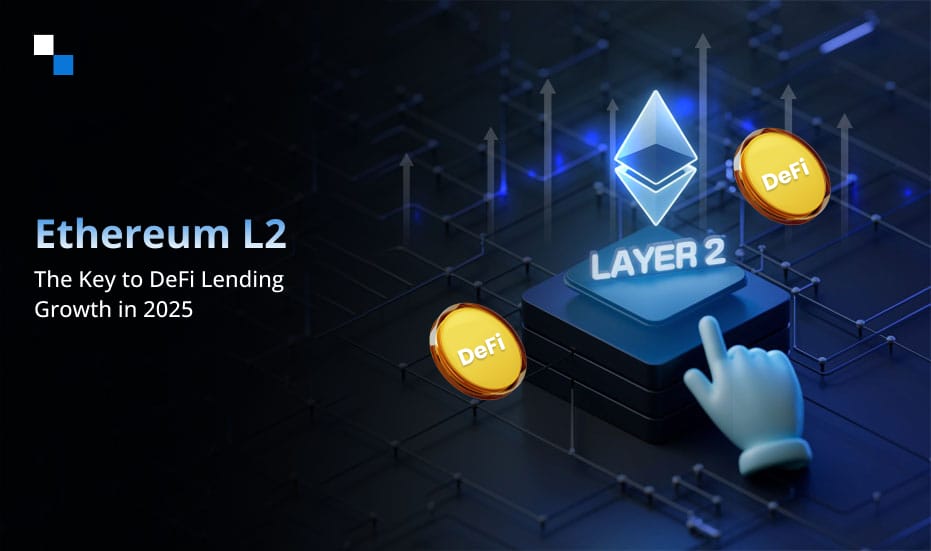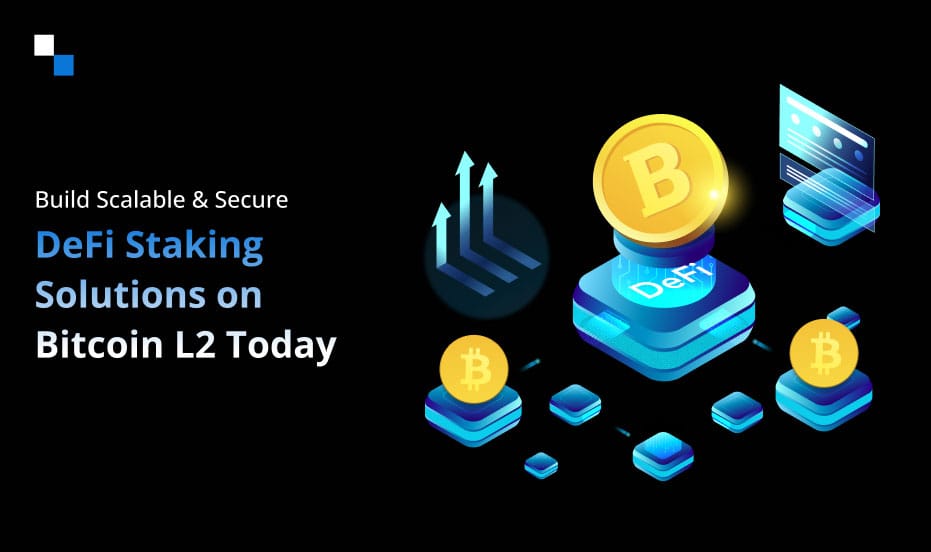
A 360 Degree Approach to BEP20 Token Development on Binance Smart Chain
September 2, 2021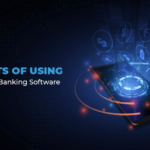
Top 6 Advantages of Using Blockchain-Based Banking Software Services
September 7, 2021Decentralized Finance or DeFi excited investors because of decentralized lending/borrowing and high yield generation capabilities. However, every other day a new DeFi platform with better yields seems to be penetrating the market. What should be your methodology for DeFi staking platform development while ensuring security and optimal ROIs?
The key is to provide newer, simpler, and exciting ways to users to increase their staking rewards. But before we understand DeFi staking platform models, let’s understand why DeFi staking development is beneficial for staking platform operators:
• Solves Liquidity Issues
Centralized exchanges rely on financial institutions to provide liquidity but in the case of decentralized exchanges, this is not an option. Because of this, the decentralized platforms suffered from liquidity issues all along. But DeFi staking solved the liquidity issues for DEXs. Basically, the platform operators ask crypto users to pool their assets in the liquidity pool and in return, the users earn liquidity tokens and other rewards.
• Functions like a Crypto Bank
By offering DeFi staking, the platform will have a liquidity pool that offers a wide range of cryptocurrencies, and it can act as a crypto bank. DeFi users can borrow a wide range of crypto assets.
• Earn high interest from participants
The DeFi stakers can borrow different cryptocurrencies for which they pay interest to platform operators and this is generally higher than what the platforms pay to lenders.
Two main types of DeFi staking platform development models are:
• Stabelcoin DeFi Staking
DeFi users can borrow stablecoins against cryptocurrencies like XRP, BNB, ETH, BTC, and more. The DeFi users will actually borrow the stablecoins that are native to these platforms. Then they can stake these stablecoins to earn staking rewards.
• Synthetic Asset Protocols
A decentralized protocol is designed to represent real-world assets on blockchain. These real-world assets could range from being fiat to commodities. To represent the value of these real-world assets, the protocol issues a token. The DeFi users can then stake these tokens in the liquidity pool and earn a fixed part of the trading fees of the platform.
Methodologies that work well for DeFi staking platforms:
• Multiple Staking Options
Offering a range of staking options with different APY’s is a way to engage more DeFi users. Also, many DeFi protocols have established no minimum staking requirement so that more and more users can participate in the staking.
• Validator-Enabled Staking
A staking mechanism for some DeFi protocols is conducted by validators. The incentives for validators to participate in the mechanism are offered in the form of staking rewards and inflationary rewards. Also, someone who does not have enough technical expertise in operating a validator node can delegate their tokens to a validator and earn staking rewards. A part of these rewards goes to the validator.
• DeFi staking Aggregators
Besides lending and borrowing platforms, DeFi space also provides users with staking aggregator platforms. These platforms help DeFi users to pool their crypto assets. These assets are then distributed by the aggregators to the protocol where DeFi users can earn maximum yields.
Conclusion
Over the last two years, staking opportunities in the DeFi space have exploded. Platforms are even offering 3-digit APY’s but the users are flocking only to the platforms where the APY’s are stable and the security is top-notch.
At Antier Solutions, we don’t just focus on designing high yield protocols but put heavy emphasis on the security of the protocols during DeFi staking platform development. We ensure the smart contracts used in the protocols are internally and externally audited to ensure no security loopholes exist.
Schedule Free Demo of one of our DeFi staking platforms or connect with our subject matter experts to share your business needs.
